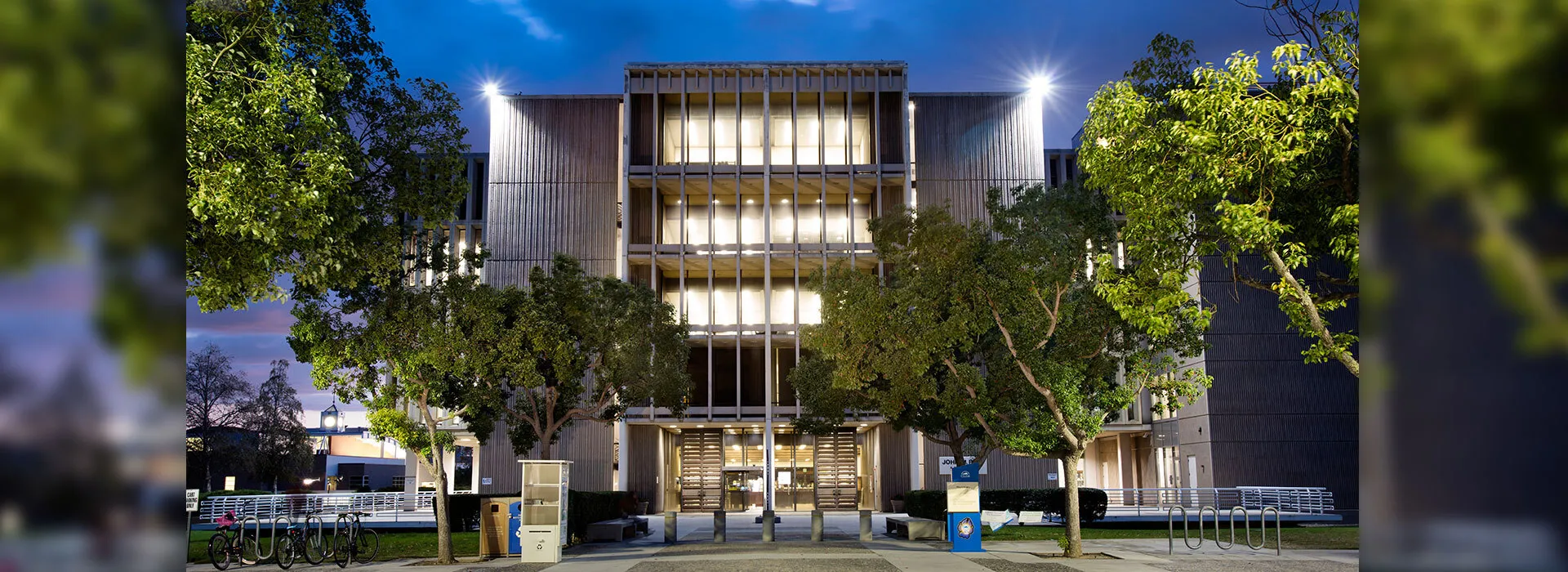
The W.K. Kellogg Foundation, one of the world’s largest private foundations that focuses on helping children, has awarded Cal State San Bernardino $450,000 to support a program to improve mathematics teaching and comprehension for English learners in grades pre-K through third grade.
CSUSB mathematics professor Madeleine Jetter and the university’s Corporate and Foundation Relations office worked last academic year to submit a proposal to the Kellogg Foundation.
The proposal focused on the Teaching English Learners Early Mathematics (TEEM) project, a continuing program to improve mathematics teaching and learning for English learners in pre-K through grade three classrooms by professional development to educators focused on teaching mathematics, Jetter said.
The Kellogg Foundation, which awards grants in the United States, Mexico, Haiti, northeastern Brazil and southern Africa, informed the university in late August that it had been awarded the grant to support Jetter’s proposal.
“It’s wonderful. It (the grant) will allow us to continue to help teachers improve instruction in common core math,” said Jetter, who joined the university in 2007.
Created in 1930 by breakfast cereal pioneer Will Keith Kellogg, the W.K. Kellogg Foundation is an independent, private foundation that works under the belief that all children should have an equal opportunity to thrive. The foundation works with communities to create conditions for vulnerable children so they can realize their full potential in school, work and life.
Earlier this summer, the TEEM Summer Institute, now in its second year and addressed by the Kellogg grant, was held at Chase Middle School in Menifee. Jetter worked with partners at the Riverside County Office of Education to lead more than 70 Riverside County teachers in both math content and pedagogical practices, said Jetter, who serves as the TEEM project director.
Institute attendees included classroom teachers, special education teachers, math classroom coaches, instructional aides and site principals from seven schools in Riverside County: Nuview and Valley View Elementary School (Nuview Union School District), Romoland, Harvest Valley, Boulder Ridge and Mesa View elementary schools, and Ethan A. Chase Middle School (Romoland School District).
TEEM was created to address the high risk of school dropouts seen in the English-learner population, which is roughly twice that of non-English-learner students. In many cases, the dropout problem can be traced to issues with learning mathematics, Jetter said.
As an example, algebra often is called a gatekeeper into advanced course work, so when students have difficulties succeeding in algebra, it has negative repercussions for the students’ ability to succeed in terms of being able to graduate and being able to succeed in college and in careers afterward, Jetter said.
Teachers already receive a lot of guidance, instruction and workshops about teaching English learners, but what they don’t receive is a lot of guidance in teaching math to English learners – particularly in order to support those students in learning the new math standards, she said.
What happens at times is that math instruction can become teaching about vocabulary if educators aren’t able to communicate properly with their English-learning students, said Jetter, who added that it’s critical teachers are able to hear their students’ mathematical reasoning. In order to do that, teachers really need to know about mathematics themselves.
In 2015, nearly 2,500 Riverside County students were served by teachers who attended the initial TEEM summer institute.
Based in Battle Creek, Mich., the W.K. Kellogg Foundation works throughout the United States and internationally, as well as with sovereign tribes. Special emphasis is paid to priority places where there are high concentrations of poverty and where children face significant barriers to success. WKKF priority places in the U.S. are located in Michigan, Mississippi, New Mexico and New Orleans. Internationally, they are in Mexico and Haiti.
Visit the Kellogg Foundation website for additional information on the foundation’s work.
Also, visit the CSUSB Teaching English Learners Early Mathematics (TEEM) website to learn more about the program.
California State University, San Bernardino is a preeminent center of intellectual and cultural activity in Inland Southern California. Opened in 1965 and set at the foothills of the beautiful San Bernardino Mountains, the university serves more than 20,000 students each year and graduates about 4,000 students annually.
CSUSB reflects the dynamic diversity of the region and has the most diverse student population of any university in the Inland Empire, and it has the second highest African American and Hispanic enrollments of all public universities in California. Seventy percent of those who graduate are the first in their families to do so.
For more information about Cal State San Bernardino, contact the university’s Office of Strategic Communication at (909) 537-5007 and visit news.csusb.edu.